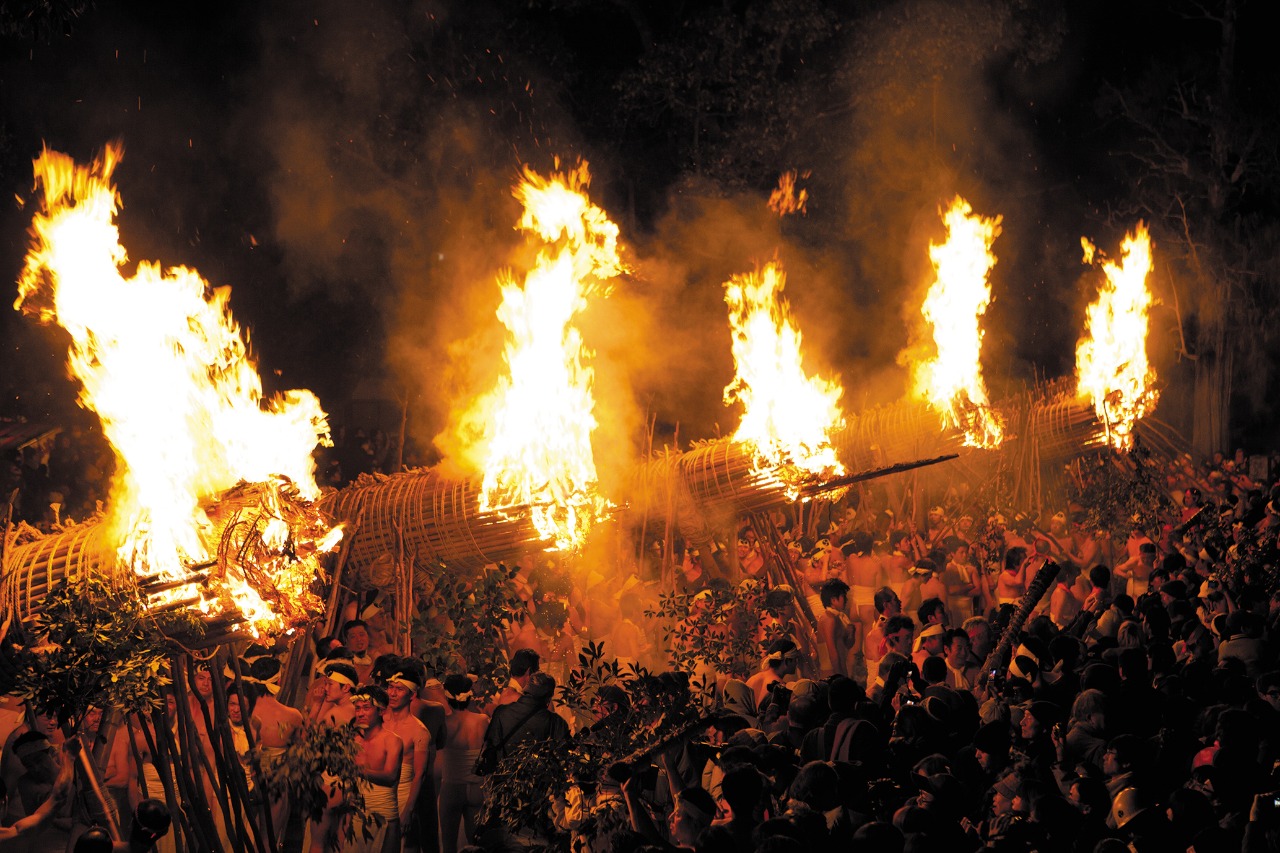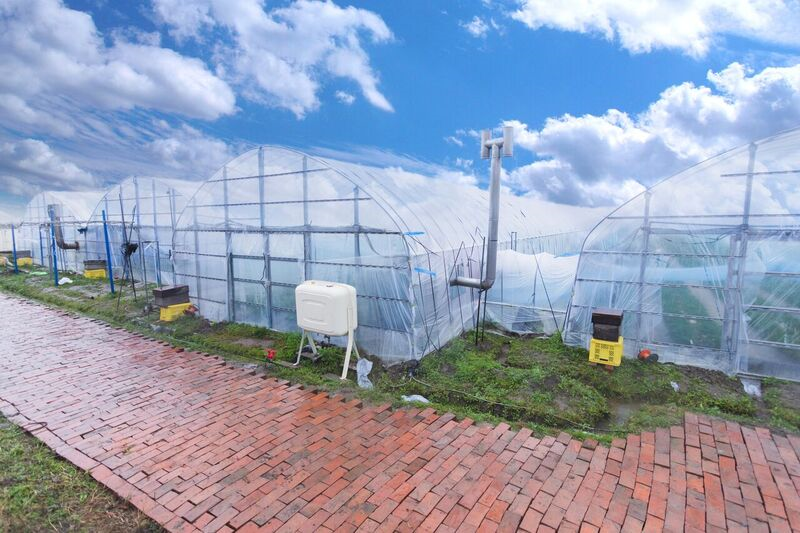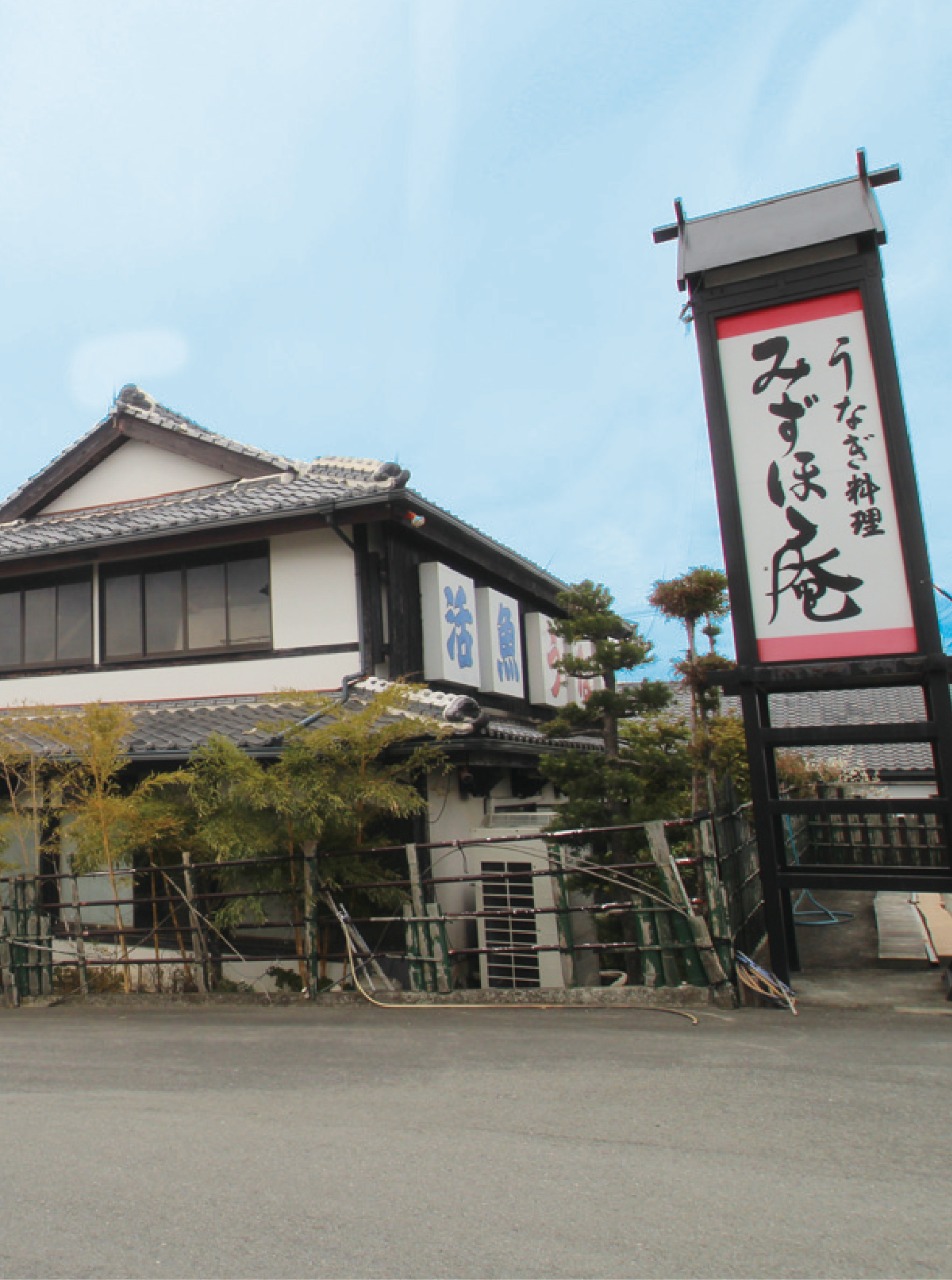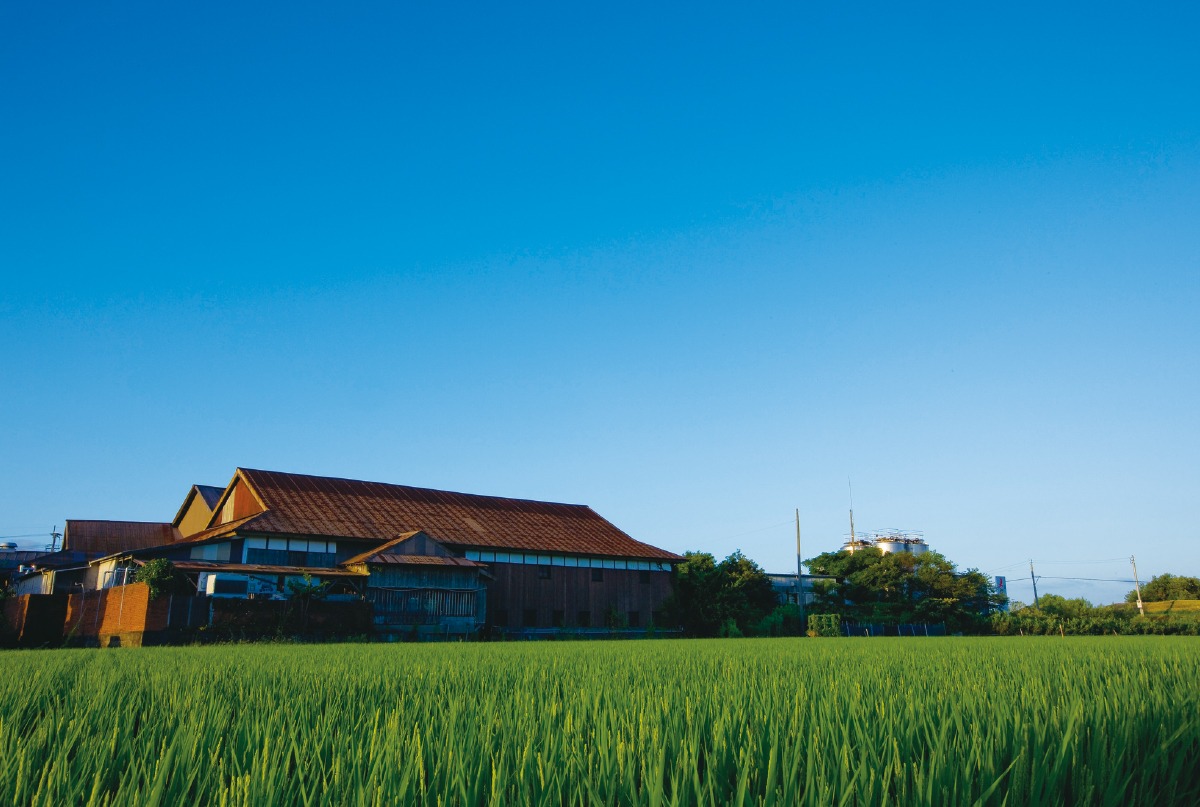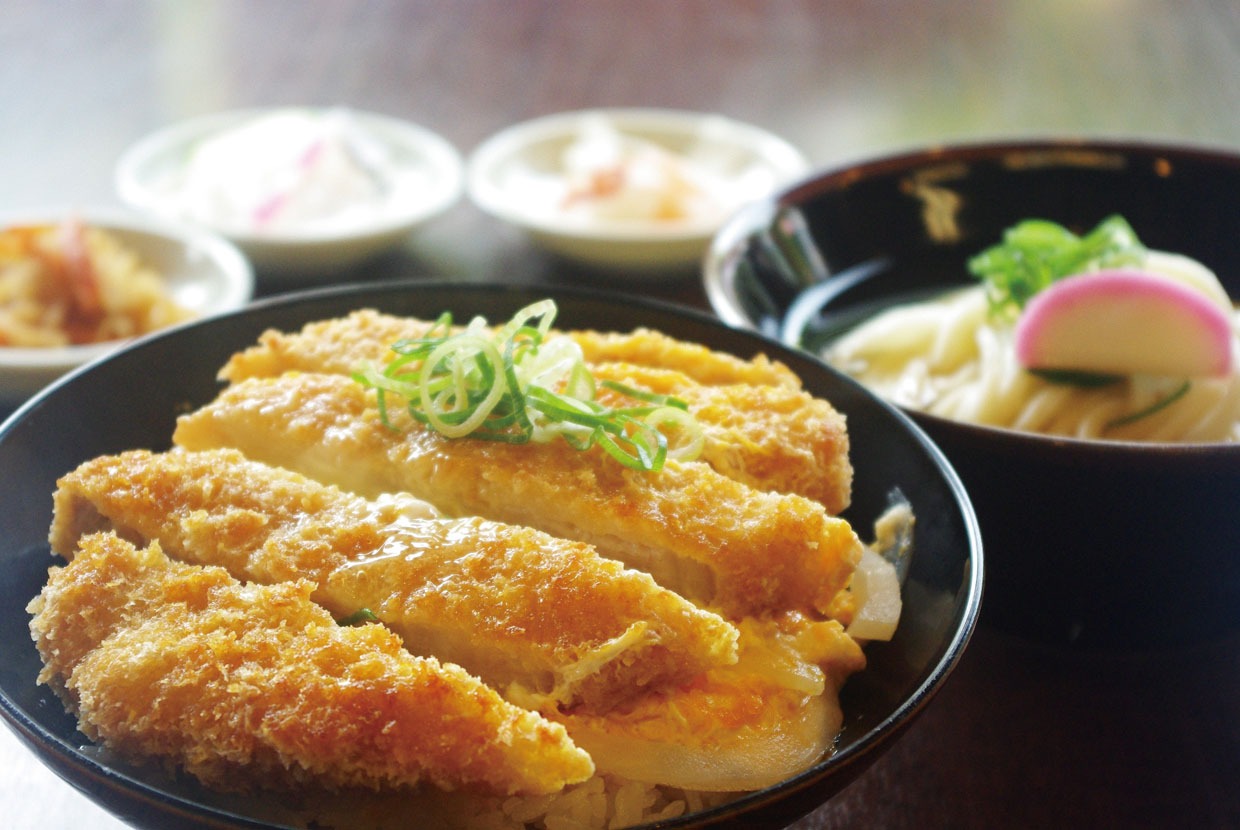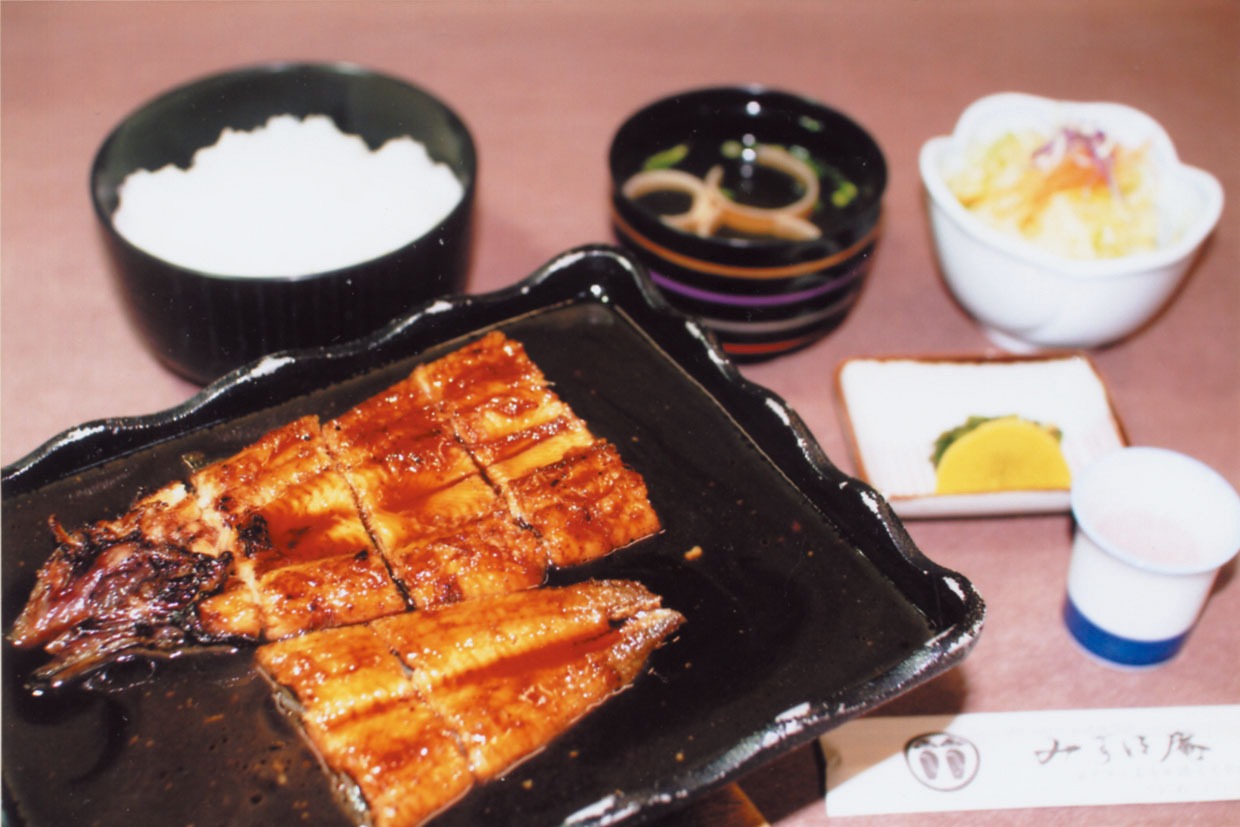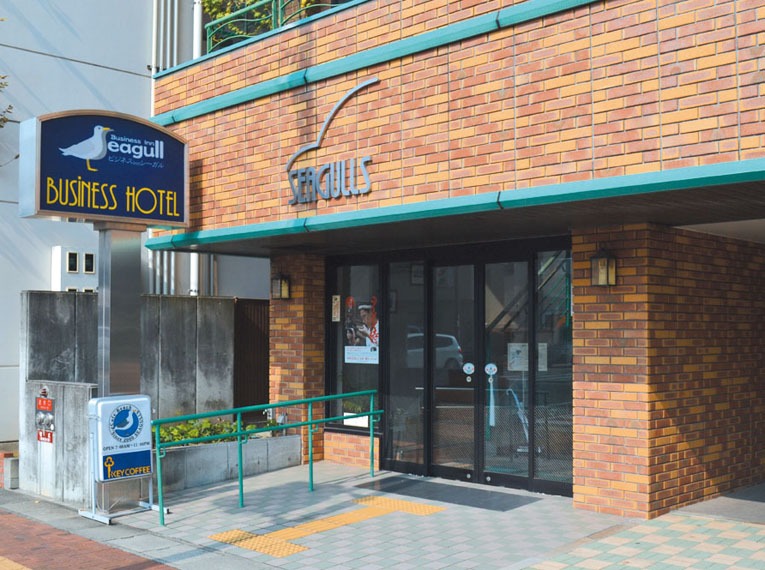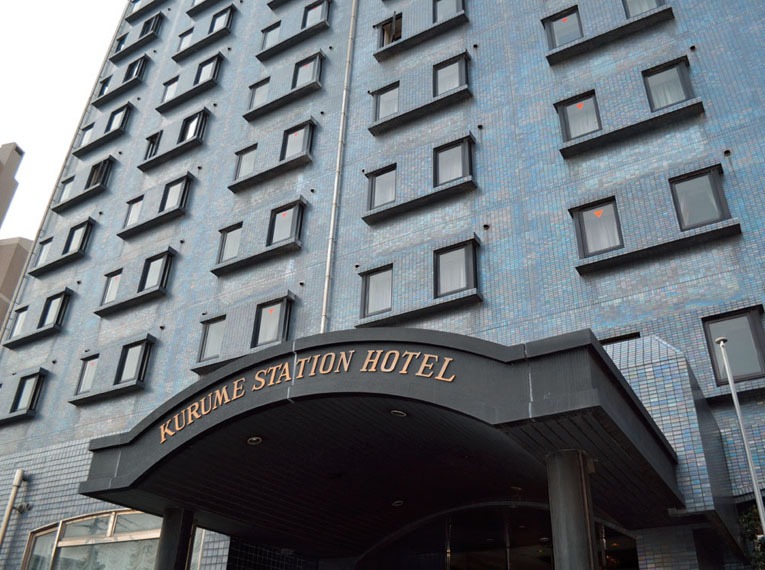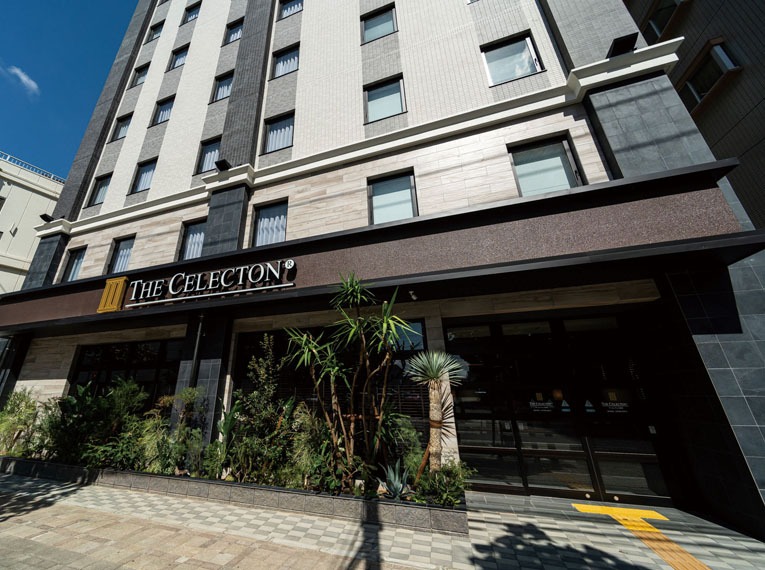- TOP
- Daizenji Tamataregu Shrine
Daizenji Tamataregu Shrine
- Address
- Miyamoto-1463-1 Daizenji-machi, Kurume-shi
- Inquiries
- Area
- Araki/Daizenji Area (Central South Area)
- Genre
- Shrines and temples / Cultural treasures and historic sites
- Parking
- 100 parking spaces available.
- Access
- Get off at Daizenji Station on the Nishitetsu Omuta Line, and walk for 5 minutes.
Alternatively, take a Nishitetsu bus number 15 from JR Kurume Station, and get off at Miya-mae (宮前) bus stop. Walk for approximately 3 minutes.
About a 10-minute taxi ride from JR Araki Station.
About a 40-minute car journey on the Kurume IC via the Kyushu Expressway.
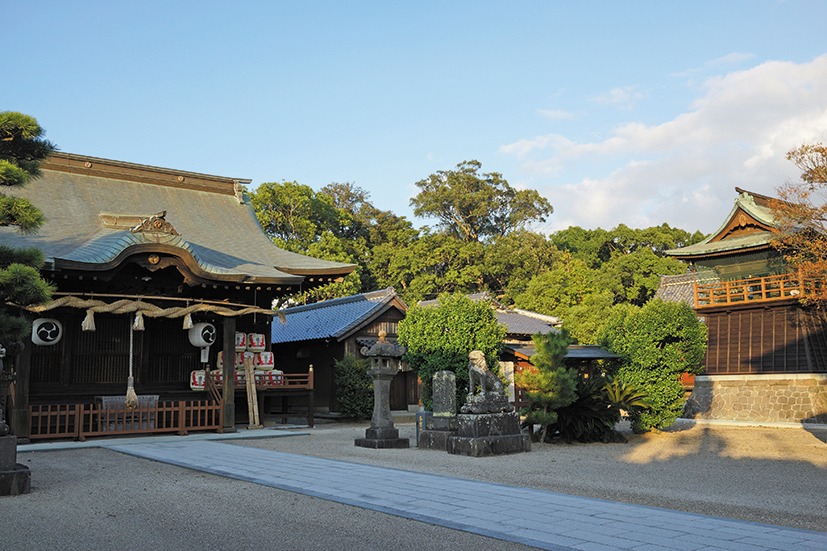
Oniyo, one of Japan’s three major fire festivals, designated as an Important Intangible Cultural Asset by the Japanese government, is held at this shrine. The Shinto gods of Hachiman, Sumiyoshi and Tamatare are worshipped here. To no Otodo, a minister who achieved great success in the 3rd century invasion of the Korean Peninsula under Empress Jingu, is believed to have died here. He is also known as Kora Daimyojin Tamatare-Mikoto, hence the name of this shrine. During the reign of Emperor Tenmu in 672 (in the Hakuho period), it took on the second name of Gobyoin Kohoji. Established next to the remains of the ancient Tamataregu shrine by Miike town chief Muronao, this Buddhist temple was built to enshrine Antai, a monk of the Hosso Sect. In 814, when it later became the Tendai Sect, a new sanctuary, tower gates and corridors were built here. In honor of the virtue and beauty of these structures, the temple’s name was changed to Daizenji. Regarding the temple itself, the grounds cover about 15,000 square meters. Within the grounds are the main sanctuary, offertory hall, prayer hall, tower gates, main gates, and corridors. In addition to the portable shrine hall, stone Torii gate, and shrine office are the bell tower and a hall enshrining an image of Amithaba. Among the shrine’s treasures are two colored silk scrolls depicting the origins of Tamataregu, which are designated as Important Cultural Assets by the Japanese government.
 Sightseeing spots nearby
Sightseeing spots nearby
 Spots for foodies nearby
Spots for foodies nearby
 Events nearby
Events nearby
-
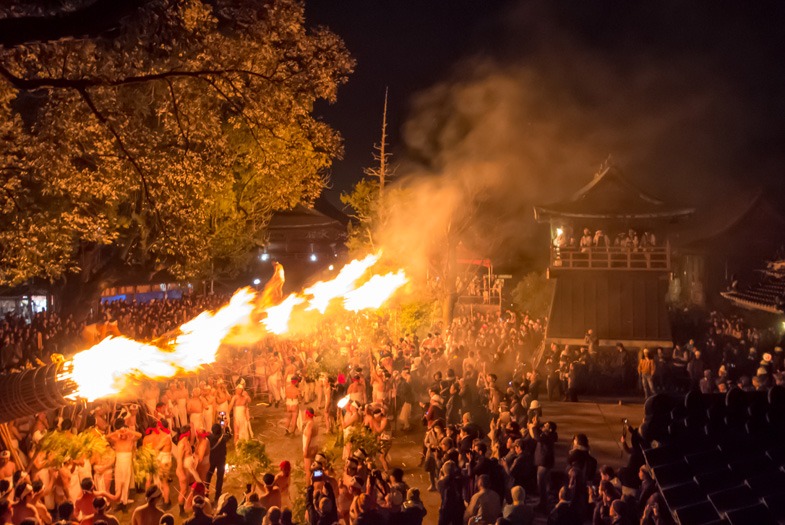 Oniyo (Fire Festival) 25.01.07 ~ 25.01.07
Oniyo (Fire Festival) 25.01.07 ~ 25.01.07 -
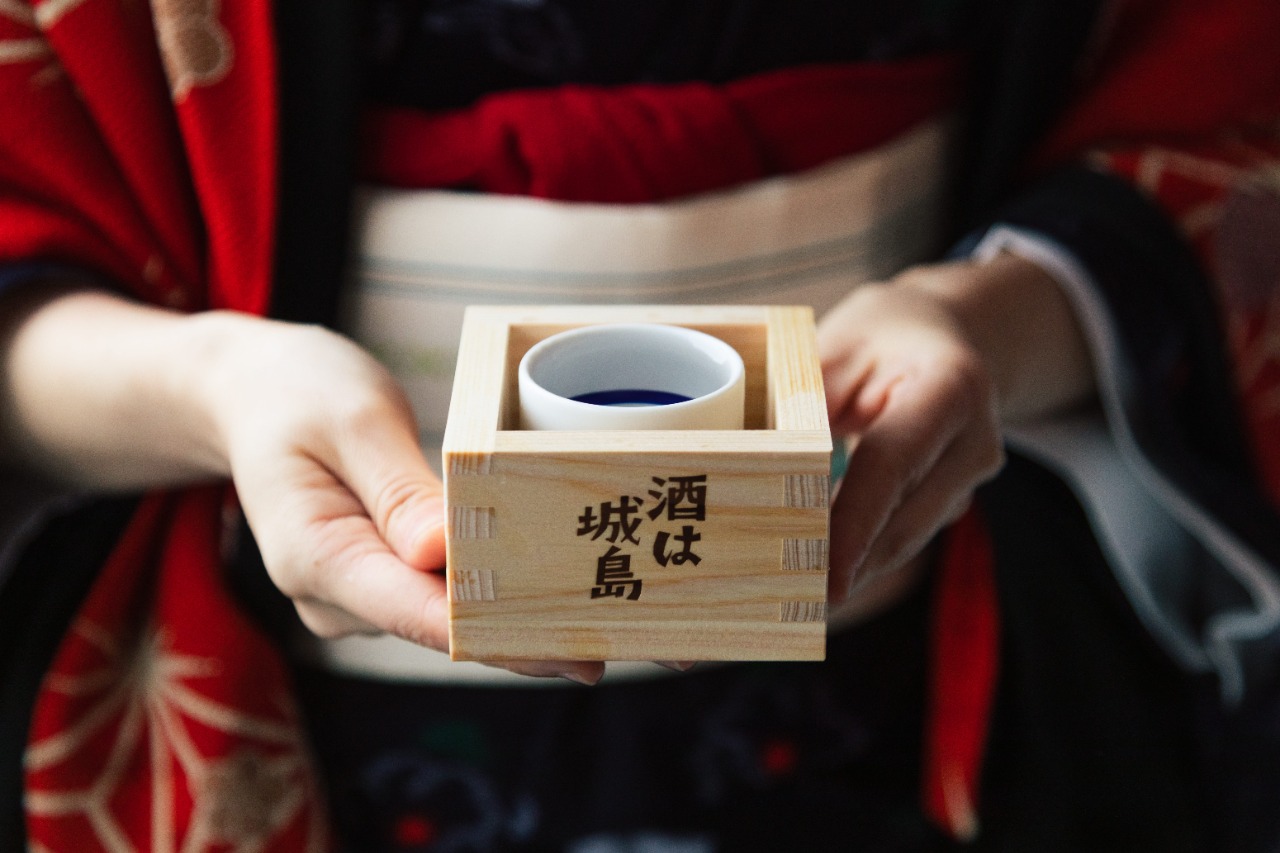 31th Jojima Sake Festival & Brewery Hopping 25.02.15 ~ 25.02.16
31th Jojima Sake Festival & Brewery Hopping 25.02.15 ~ 25.02.16 -
 Strawberry Picking (Fruitelier) 【Ongoing discount campaign】 24.12.21 ~ 25.06.09
Strawberry Picking (Fruitelier) 【Ongoing discount campaign】 24.12.21 ~ 25.06.09 -
 Kurume Sparkles with Lights Displays 24.12.14 ~ 25.02.16
Kurume Sparkles with Lights Displays 24.12.14 ~ 25.02.16

